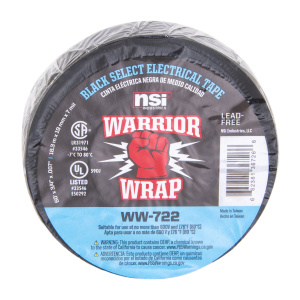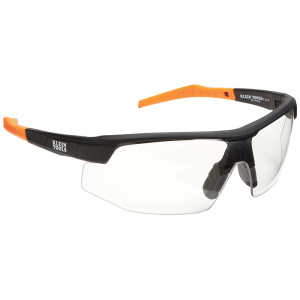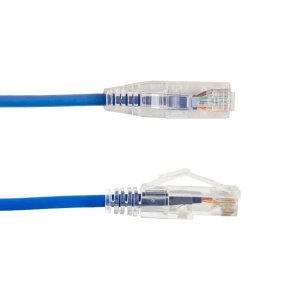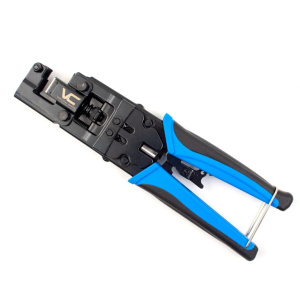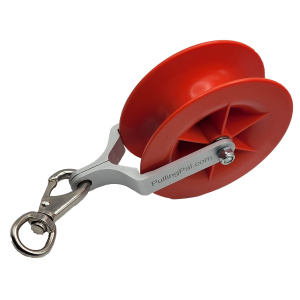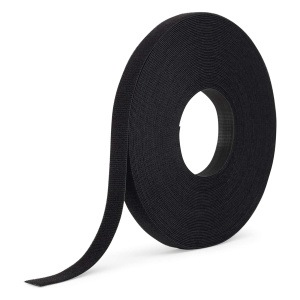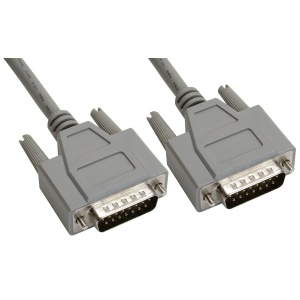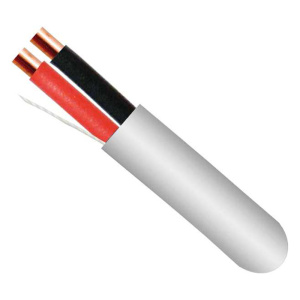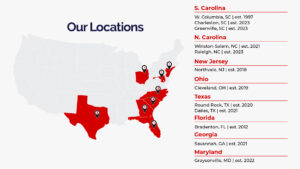Introduction
Let’s face it, cable installation is not a walk in the park. It requires expertise, attention to detail, and above all, safety. For those who’ve been in the trenches, you know that cable installation safety gear is a way of life. This article is a deep dive into the essential gear needed for secure and efficient cable installation. Hang tight, as we unravel this coil together!
Understanding Cable Installation
The Ins and Outs of the Cable Installation Process
Ever wondered how the magic of the internet, television, or phone lines come alive in your home? Well, the answer lies in the process of cable installation. This intricate process involves laying cables, which could be for electricity, telecommunications, or computers, and it requires a level of precision that’s akin to performing a well-choreographed dance.
The Role of Safety in Cable Installation
If you’re new to cable installation, you might think, “What’s the big deal about safety?” Well, let’s paint a picture. Imagine working in cramped spaces, dealing with high-voltage wires, or installing cables at towering heights. Sounds dangerous, right? It is, but with the right safety measures, these hazards can be mitigated.
Safety First: Essential Gear for Cable Installation
Now that we have a basic understanding of what cable installation involves, it’s time to dive into the heart of the matter – Safety First: Essential Gear for Cable Installation.
Personal Protective Equipment (PPE)
At the forefront of any safety conversation, you’ll find PPE. Why, you ask? Because it acts as a first line of defense against potential hazards during cable installation. We’re talking about items like helmets, safety glasses, gloves, and high-visibility clothing.
Insulated Tools
Electric shocks are no joke. They can cause serious harm, and in some cases, can even be fatal. This is where insulated tools come into play. Designed to reduce the risk of electrical shocks, they’re a must-have in any cable installer’s toolbox.
Fall Protection Gear
Anyone who’s had to install cables at a height knows that gravity isn’t always your friend. This is where fall protection gear, like safety harnesses and lanyards, can quite literally be a lifesaver.
Fire Resistant Clothing
When working with electrical installations, there’s always a risk of sparks and heat. This makes fire-resistant clothing an essential piece of gear for any cable installer.
First Aid Kit
Accidents happen, and while prevention is always better than cure, having a first aid kit on hand is crucial. It can provide immediate relief for minor injuries, and in some cases, can even be life-saving.
The Right Tools for the Job
Last, but certainly not least, having the right tools for the job is key to safe and effective cable installation. We’re talking about wire strippers, cable cutters, and cable testers, to name a few.
Best Practices in Cable Installation
Now that we’ve covered the essential gear, let’s move on to best practices in cable installation. These are guidelines and techniques that can help ensure the process is not only safe but also efficient.
Planning Ahead
Before jumping into any cable installation project, thorough planning is crucial. This includes understanding the layout of the area, identifying potential hazards, and having a clear work plan.
Regular Training and Refreshers
Skills and knowledge aren’t static—they need to be nurtured and updated. Regular training sessions and refreshers can help ensure everyone on the team is on the same page when it comes to safety protocols and procedures.
Proper Handling and Storage of Tools
Taking care of your tools isn’t just about extending their lifespan—it’s also about safety. Proper handling and storage can help prevent accidents like cuts, electric shocks, and even fires.
Routine Inspections and Maintenance
Just like a car needs regular tune-ups, your equipment also needs regular check-ups. Routine inspections can help spot potential issues before they escalate into serious problems.
Proper Disposal of Waste Materials
Last but not least, proper disposal of waste materials isn’t just good for the environment—it can also prevent accidents like tripping or exposure to hazardous substances.
FAQs
1. Why is safety important in cable installation?
Safety is important because it helps prevent accidents that could lead to serious injuries or even fatalities. Ensuring safety in cable installation not only protects workers but also guarantees the integrity and quality of the installed cables.
2. What personal protective equipment is essential for cable installation?
Essential PPE for cable installation includes helmets, safety glasses, gloves, high-visibility clothing, and depending on the environment, also fall protection gear and fire-resistant clothing.
3. Why are insulated tools important?
Insulated tools are important because they reduce the risk of electric shocks. They’re designed with a protective coating that prevents electricity from flowing through the tool and into the user.
4. What should a first aid kit for cable installation contain?
A first aid kit for cable installation should contain items to treat cuts, burns, and electrical shocks. This includes bandages, burn creams, and CPR masks.
5. Why is proper disposal of waste materials important in cable installation?
Proper disposal of waste materials is important because it helps prevent accidents like tripping and exposure to hazardous substances. It also promotes a cleaner and safer work environment.
6. What are some best practices in cable installation?
Best practices include thorough planning, regular training, proper handling and storage of tools, routine inspections and maintenance, and proper disposal of waste materials.
Conclusion
In the world of cable installation, safety isn’t just an option—it’s a necessity. From wearing the right PPE to having the right tools, every measure you take contributes to a safer work environment. So remember, it’s not just about getting the job done, it’s about getting it done safely. And with our Essential Safety gear, that goal is well within reach.
